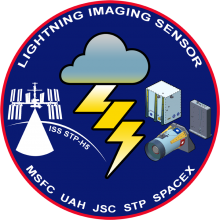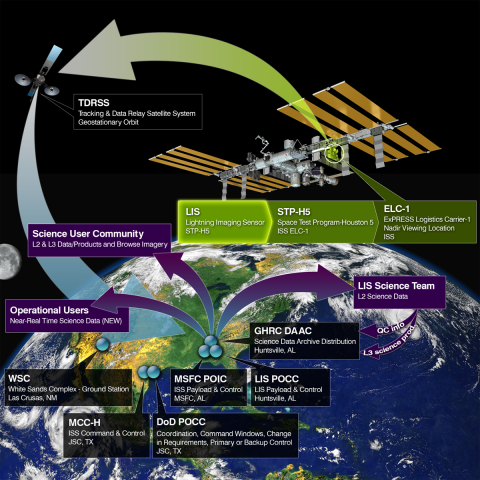
The GHRC DAAC staff released the GPM Ground Validation GCPEX Snow Microphysics Case Study, a curated “virtual collection” dataset (DOI: http://dx.doi.org/10.5067/GCPEXCS/MULTIPLE/DATA101). This dataset represents a “golden case” from the GPM Ground Validation field campaigns — it comprises observations of a specific weather event from several different ground-based and airborne instruments. The data in this case study collection characterize the 3-D microphysical evolution and distribution of snow in context of the thermodynamic environment observed during the 24 February 2012 event of the GPM Cold-season Precipitation Experiment (GCPEx). The GCPEx field campaign took place in Ontario, Canada, during the winter season of 2011-2012. GCPEx addressed shortcomings in the GPM snowfall retrieval algorithm by collecting microphysical properties, associated remote sensing observations, and coordinated model simulations of precipitating snow. This case study includes data from the Airborne Second Generation Precipitation Radar (APR-2), Dual-frequency Dual-polarized Doppler Radar (D3R), Dual Polarization Radiometer, and the NCAR Cloud Microphysics Particle Probes. A micro article on this snow event was posted on the GHRC web site in conjunction with the dataset publication.













